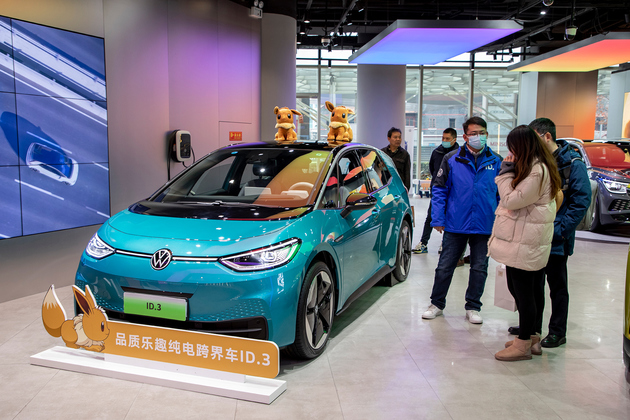
Photo/VCG
March 30 (NBD) -- The topic of "the green plate may be cancelled within 2 years" made the headline on Tuesday.
In late February this year, Cui Dongshu, Secretary-General of the China Passenger Car Association (CPCA), revealed that the CPCA has proposed to merge blue and green car plates and it is expected to become a reality within the next two years.
Under the green license plate system, new energy vehicles enjoy preferential policies such as exemption from purchase restrictions, traffic restrictions, 2-hour free parking, etc., which are the core driving force for the development of new energy vehicles. But once they are cancelled, the shortcomings of new energy vehicles in technology and cost will be pronounced.
The green plate system for new energy vehicles was launched in April 2016 with the aim of distinguishing them from traditional fuel vehicles. After pilot testing, green plates were fully launched in all cities nationwide in the first half of 2018.
As the new energy vehicle industry matures, relevant support policies have gradually been tightened or even cancelled.
High-end new energy vehicles will be less affected as consumers focus more on brands and intelligence, said some industry insiders.
In addition, online car-hailing services, and taxis are important consumer groups for mid-to-low-end new energy vehicles. After cancelling green plates, they may turn to models with lower comprehensive costs.
However, some automakers also said that they are prepared for the cancellation of green plates. This is an inevitable result of industrial development to a certain stage. The industry has long expected it. Automakers should seize this two-year buffer period. Only when the tide recedes can we know who is swimming naked, reported the Red Star News citing an analyst.


 川公网安备 51019002001991号
川公网安备 51019002001991号





